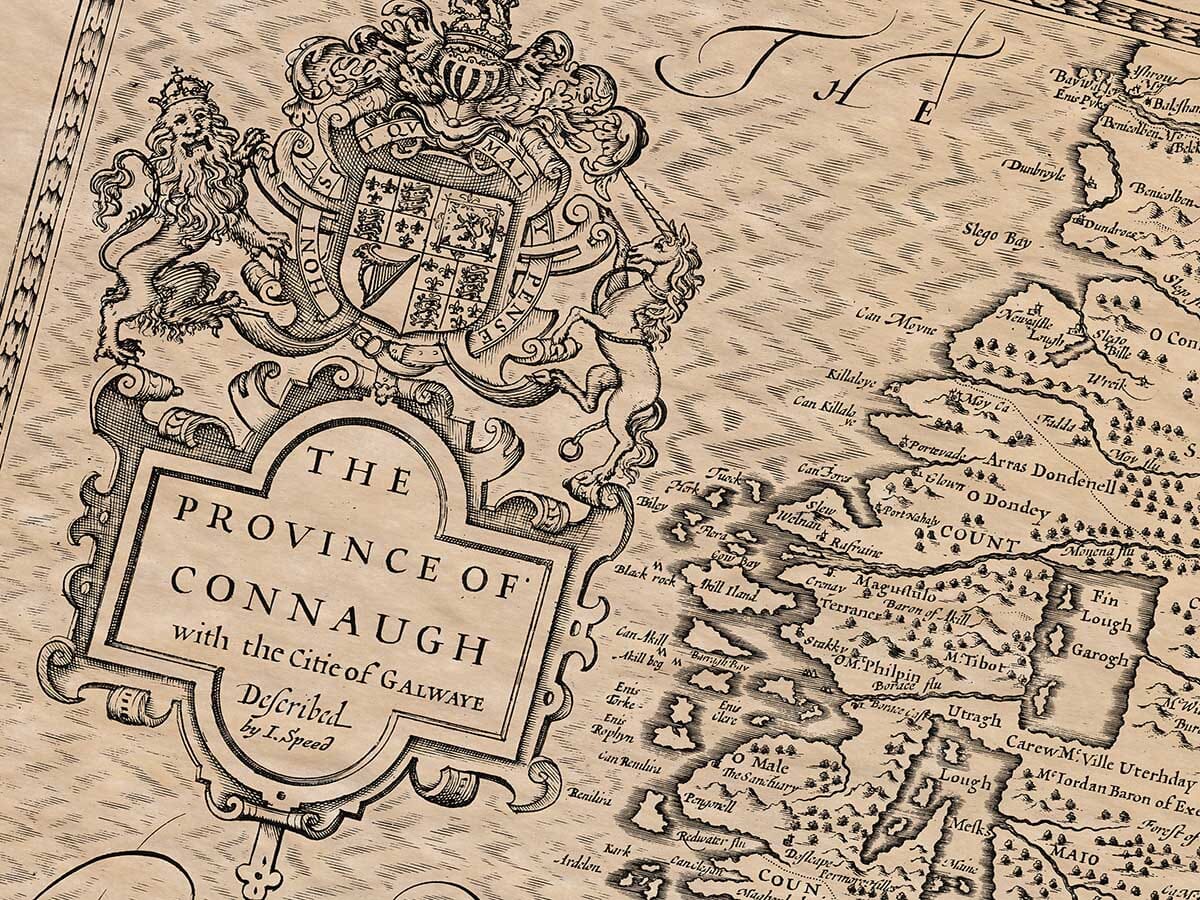SU I 22 CCU ENGL 673 Dashboard
Description
Although most of us are drawn to the study of literature by our love of reading and writing alphabetic, printed texts, due to the nature of literature and writing in the twenty-first century, media and digital literacy has also become the special provenance of the ELA teacher. In order to study literature in the light of media and digital literacy, we will focus on one Horry County District-Approved novel: Jane Eyre: An Autobiography (1847) by Charlotte Brontë. Impressively, this novel remains so popular that it has never once gone out of print in one-hundred and seventy-five years. Additionally, scores of authors, directors, and digital producers have adapted, revised, and modernized Bronte’s most famous novel. Throughout this fast-paced semester, we will prepare for your future use of digital tools in the classroom by reading this classic novel, viewing an intermedial adaptation, practicing multimodal composition, and analyzing all of the above. Additionally, we will leverage the COVE’s (Collaborative Organization for Virtual Education) digital tools to foster a collaborative “flipped classroom” learning experience, and you will demonstrate competency in advanced research methods through the production of an annotated bibliography and analytical paper.
Galleries, Timelines, and Maps
There is no content in this group.
Individual Entries

In Chapter 23, Mr. Rochester informs Jane that he is to be married in a month and that she is to leave Thornfield Hall to seek employment elsewhere. “I have already, through my future mother-in-law, heard of a place that I think will suit: it is to undertake the education of the five daughters of Mrs. Dionysius O'Gall of Bitternutt Lodge, Connaught, Ireland” (Brontë ch. 23). 19th Century Ireland was wrought with political misfortunes and famine, but in the earliest years of the century, the country became aligned with England “following the Act of Union with Britain in 1801” (Oxley 275). This is significant because trade that had stimulated the Irish economy during The Napoleonic wars and afforded Ireland “protection from English imports,” harmed the pre-famine country when the wars ended in 1815...
more
The town was first introduced in chapter 10 in the letter from Mrs. Fairfax responding to Jane’s listing in the Herald. She stated she was from Thornburg which was near Millcote—an industrialized town that Jane was moderately familiar with. Jane had said she “longed to go where there was life and movement: Millcote was a large manufacturing town on the banks of A-; a busy place enough, doubtless: so much better; it would be a complete change at least” (Brontë Ch. 10). This description is later significant in comparing the differences between what she had anticipated and what her new reality was. Jane arrived in Thornburg to find that it was much farther from this industrialized town than she had expected, and she was actually in a very...
moreIn Chapter 17 of Jane Eyre, Mr. Rochester and Blanche Ingram take hold of the party’s attention as they perform three charades. At the end of the third performance, Colonel Dent provides an emphatic “Bridewell!” (Brontë 17), suggesting the answer to the charade is Bridewell Palace. The Palace, built in London, had finished construction in about 1523 where it was intended to provide King Henry VIII with a residence near Westminster/ the capital (Heritage Gateway). The location did not remain a residence for long as “in 1553 Edward VI gave the palace to the City for the reception of vagrants and homeless children and for the punishment of petty offenders and disorderly women” (Heritage Gateway). This is when the location gained its new title, Bridewell Royal Hospital and Bridewell Prison. ...
more